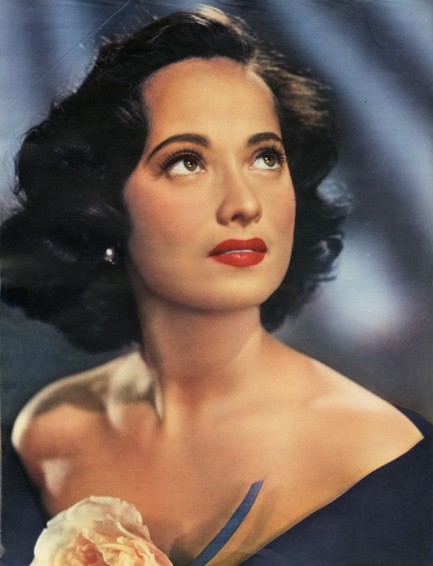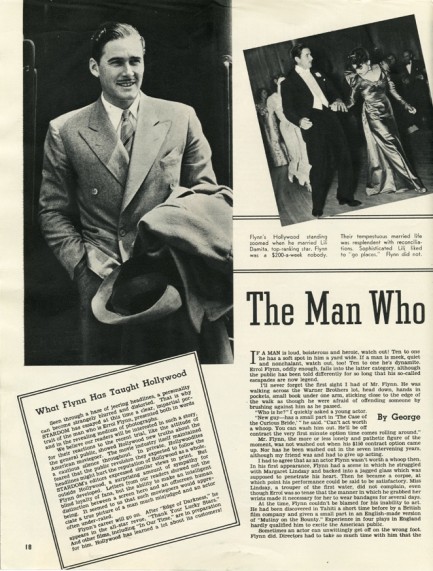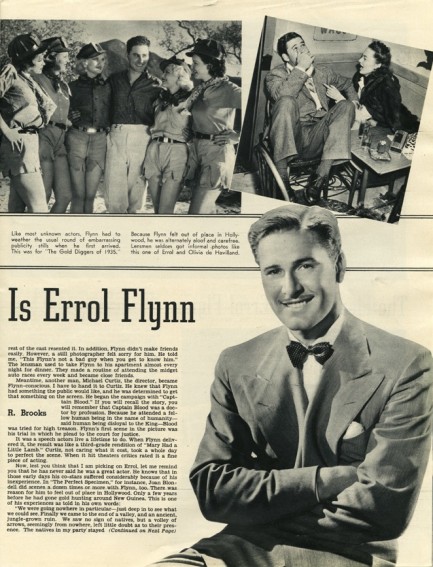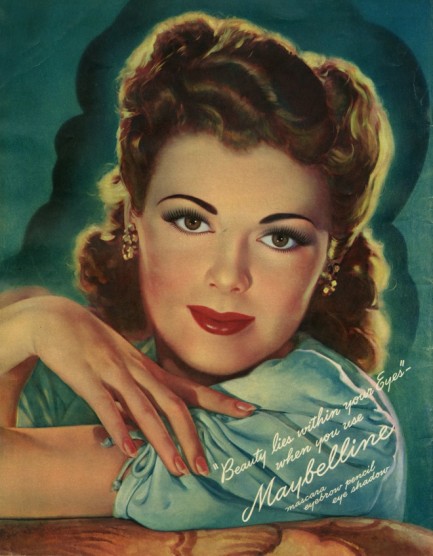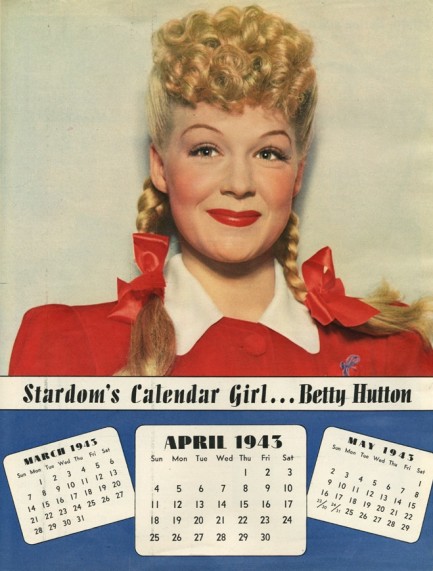| Hollywoodland | Dec 8 2021 |

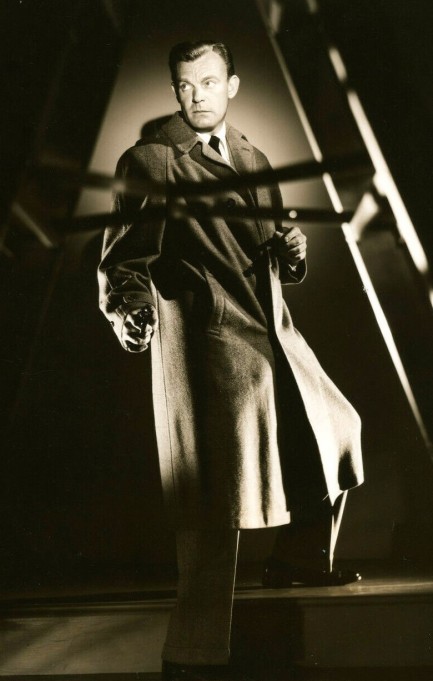
| Vintage Pulp | Feb 22 2020 |

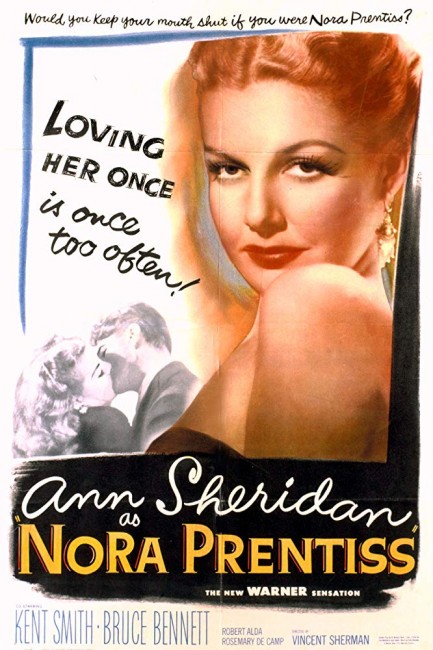
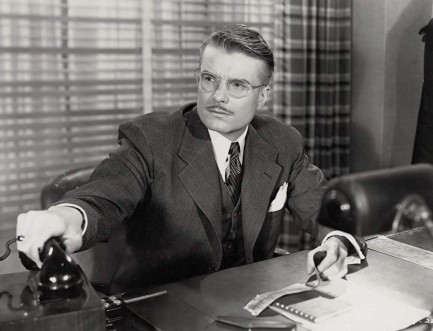
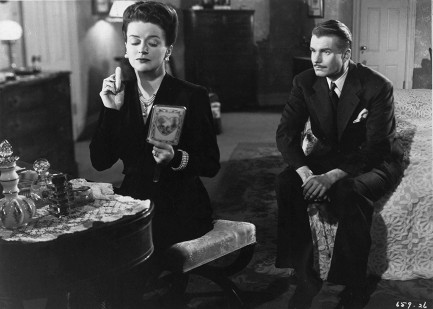
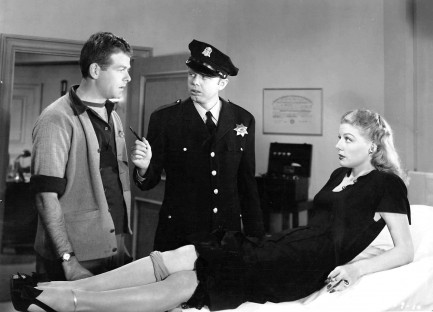
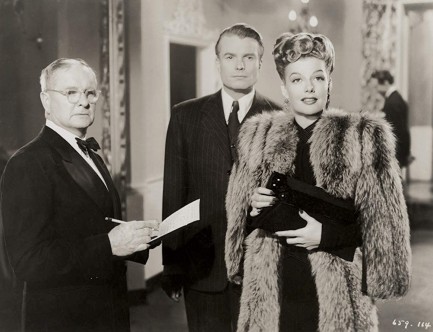
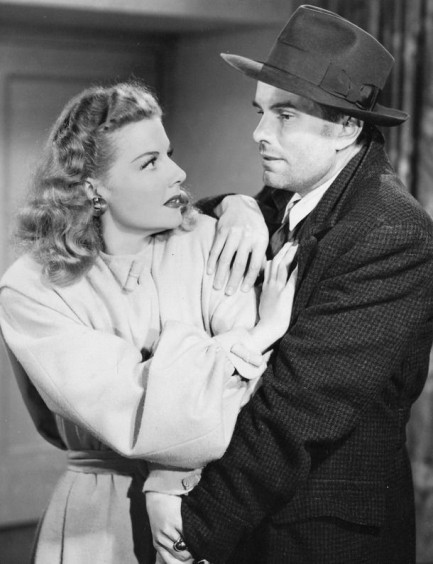
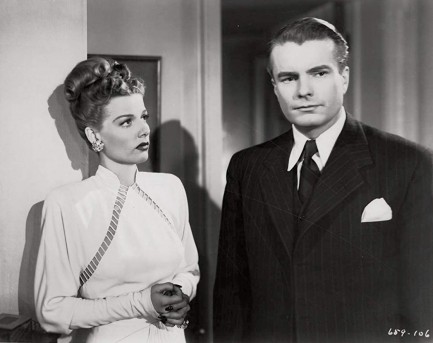
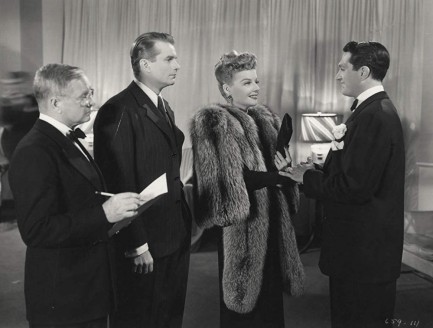
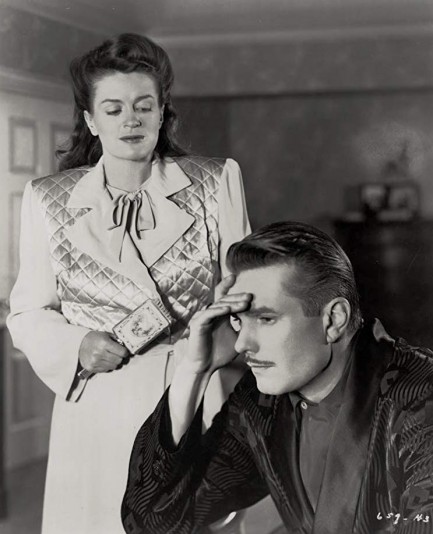
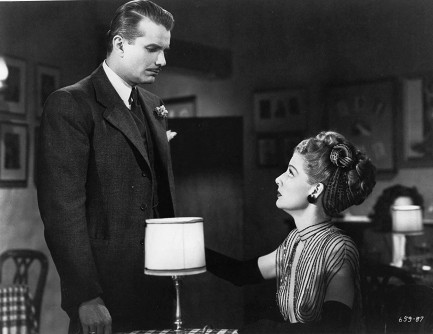
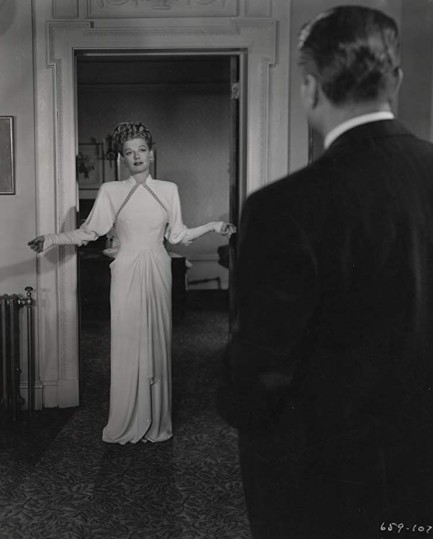
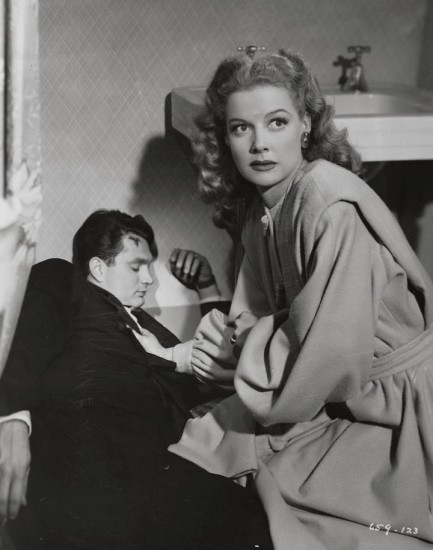
| Hollywoodland | Dec 8 2018 |

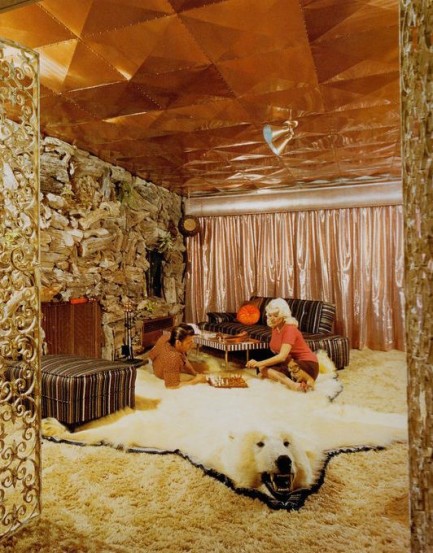
We have more photos in the same vein below. If you need help identifying the stars, their names are in our keywords in order of appearance. Looking at the entire collection, we tend to wonder if there were three or four bears that ended up in all the photos. You know, like bears owned by certain photography studios or prop departments. Just saying, a couple of them look suspiciously similar. But on the other hand, how different from each other do bears really look? You'll notice that the poor creatures were generally posed to look fierce. But by contrast Inger Stevens' bear, just below, strikes us as a bit reflective and melancholy, which is understandable. Elizabeth Montgomery, meanwhile, gets extra points for wearing her bear. We have twenty-plus images below, including another shot of Mansfield, sans Hargitay.
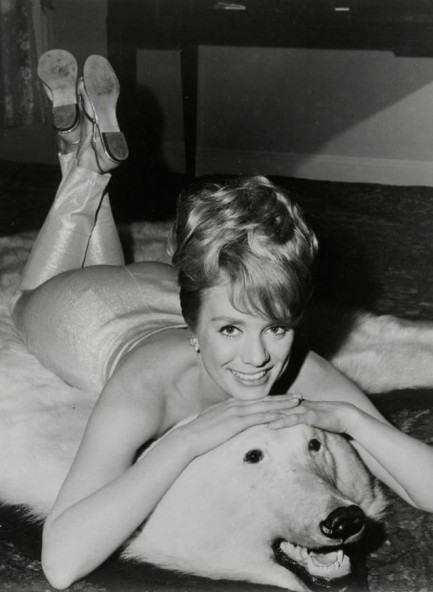
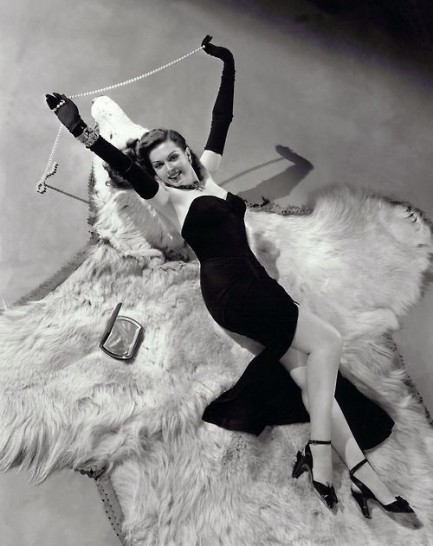
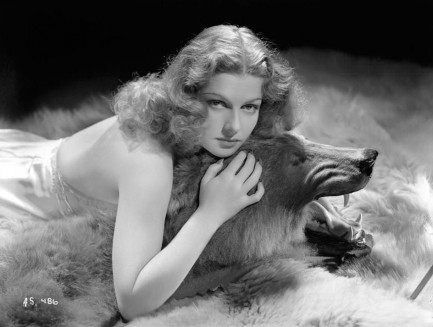
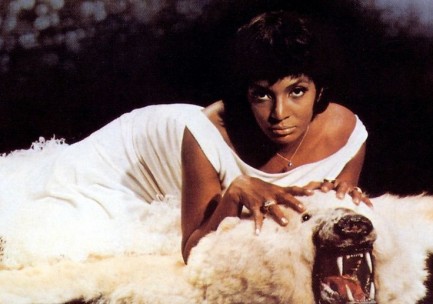
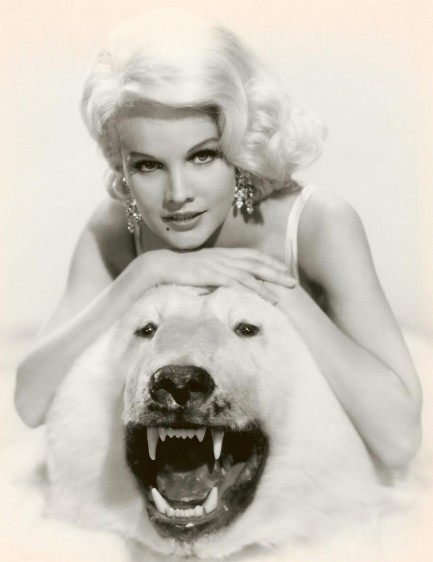
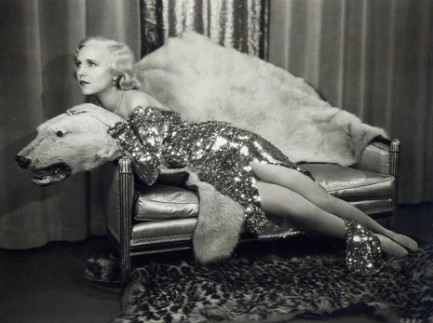
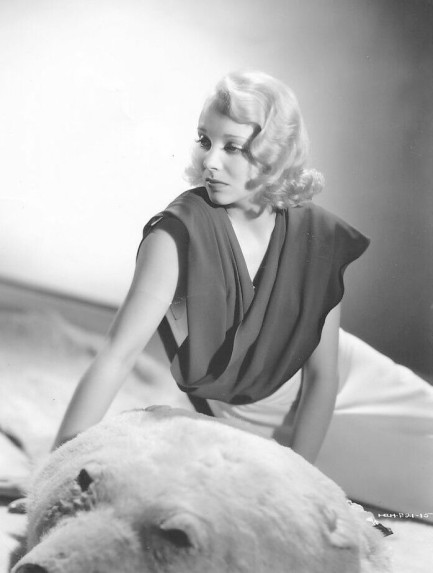
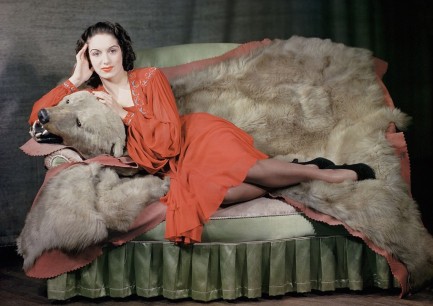
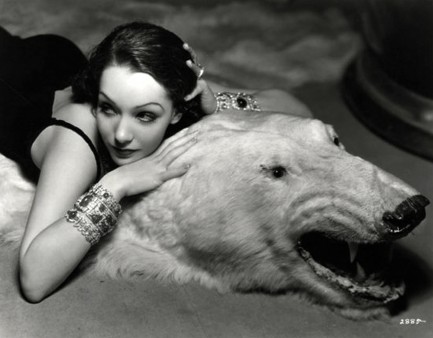
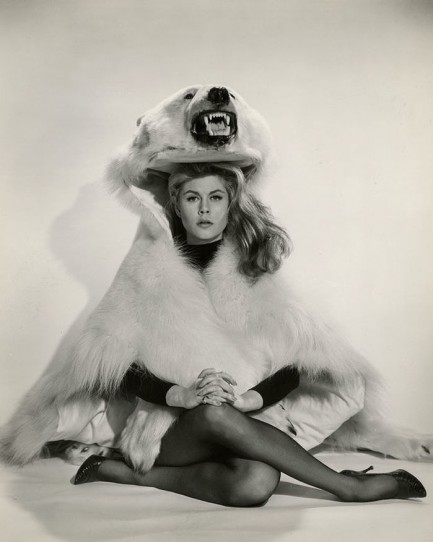
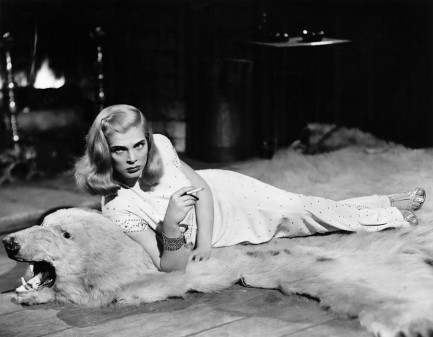
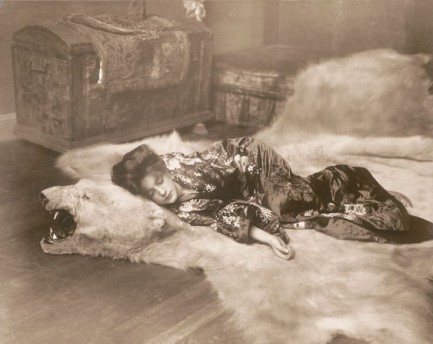
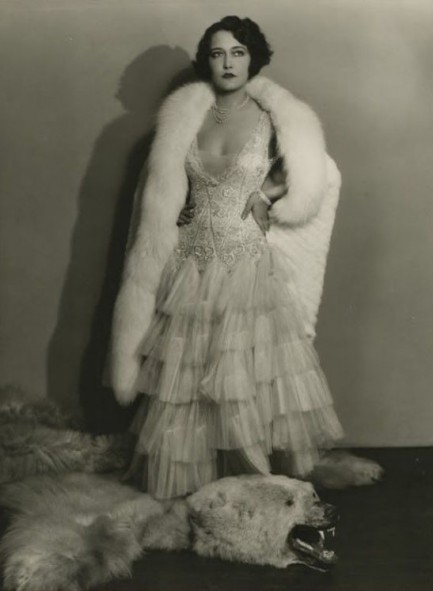
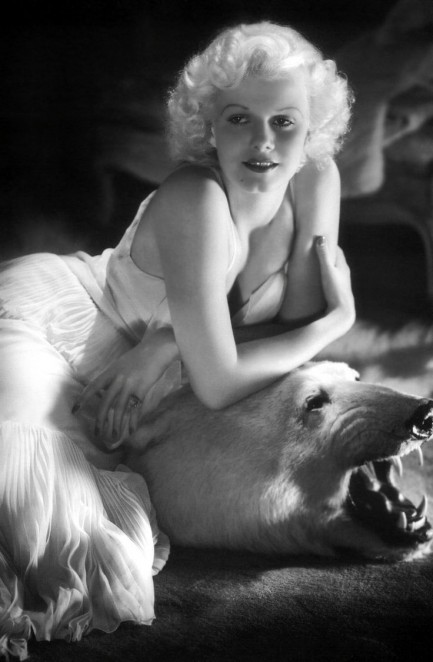
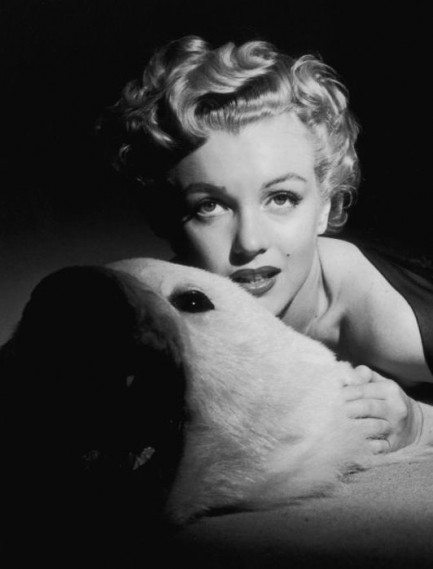
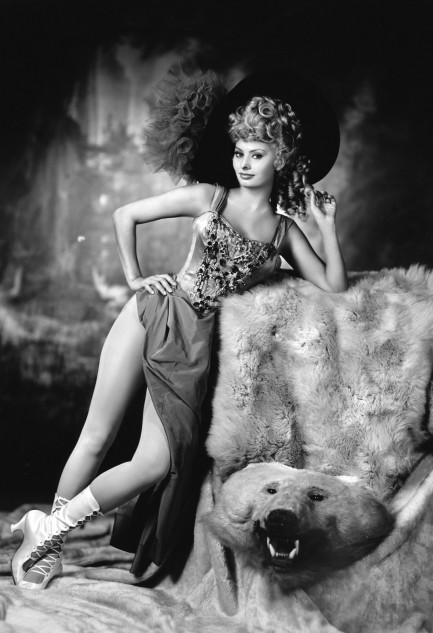
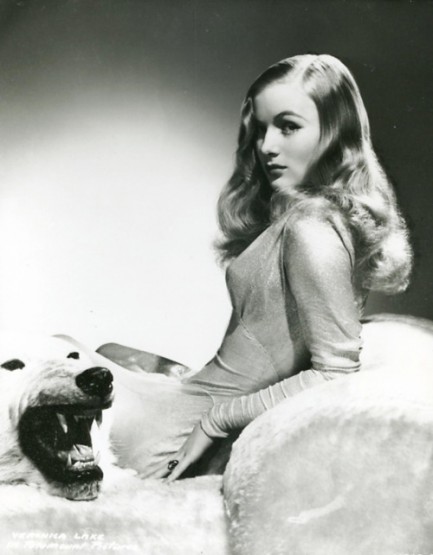
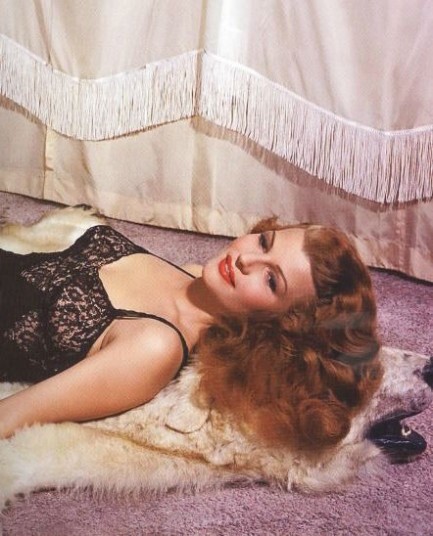
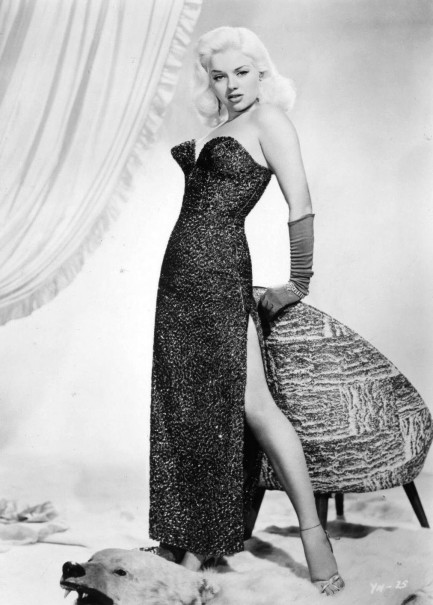
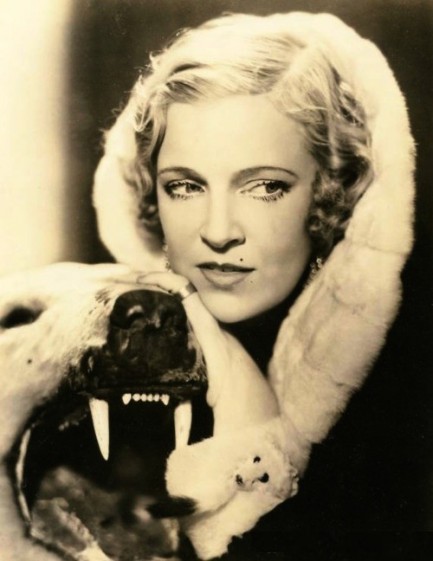
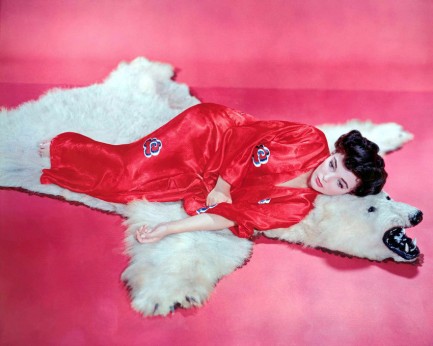
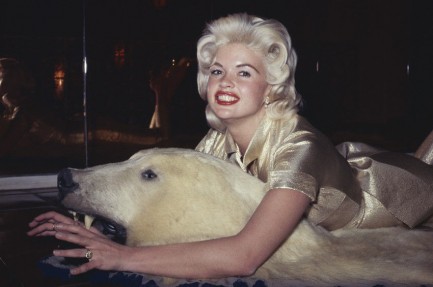
| Vintage Pulp | Oct 20 2016 |

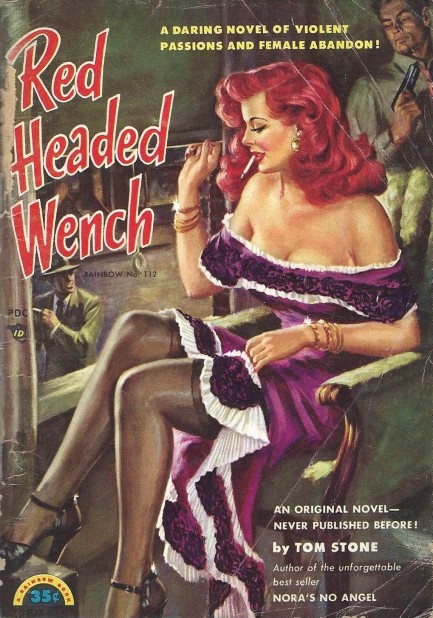
Gary Lovisi's guide to mid-century paperback cover art Dames, Dolls and Delinquents: A Collector's Guide to Sexy Pulp Fiction attributes this cover to George Gross but many online sources say it's the work of Howell Dodd. Though the internet is incredibly useful for replicating errors, we think the onliners are right this time. While the femme fatale here has some Gross-like elements to her, she has some Dodd traits too. For instance, Dodd's hair is a bit more sculptural than Gross's and his women's faces tend to be more severe.
And speaking of faces, we think we know this one. Doesn't it belong to legendary red-headed actress Ann Sheridan? Yup, it's her—right down to the little bump in her classic nose. And he used her more than once, we think. A basically identical face appears in several other pieces of his. We're taking full credit for this discovery. Unless of course we're wrong, in which case we deny making any Sheridan related statements. Hey, if it works for presidential candidates it can work for us, right?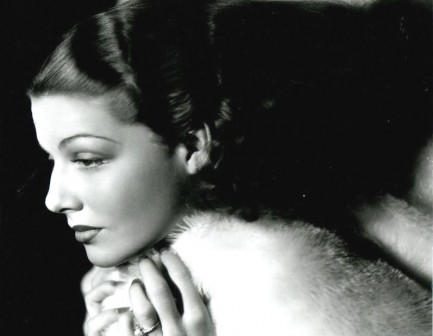
| Vintage Pulp | Oct 16 2016 |

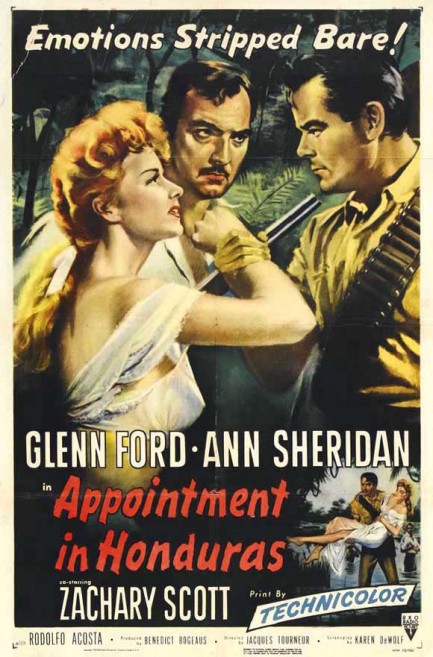
Do you think RKO Pictures actually went to Honduras to film Appointment in Honduras? Of course not. The movie, which premiered in the U.S. today in 1953, was mostly filmed at the Los Angeles County Arboretum & Botanic Garden. Too bad. We were looking forward to seeing what Honduras looked like before it became the disaster we personally know so well, a place of perpetual instability that at times has owned the highest murder rate in the world. We used to go there often, and we were there during one of its periodic political upheavals. Airports closed, bus companies shut, smoke and chaos filled the streets. We were stuck there for a week, but it wasn't all bad. We left San Pedro Sula, drove to the coast, then hopped a ferry—still operating thankfully—to Roatán. If you have to be trapped in a paralyzed country, choose one of its islands. Ah... memories.
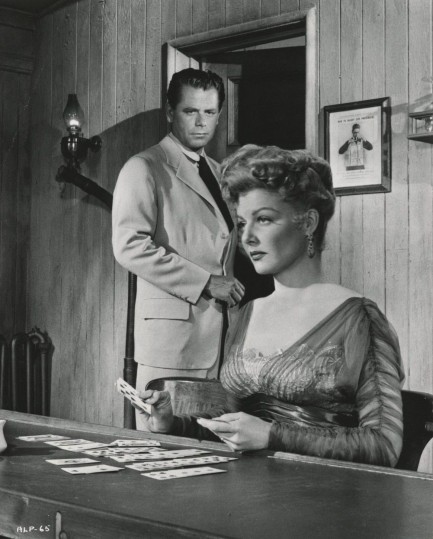
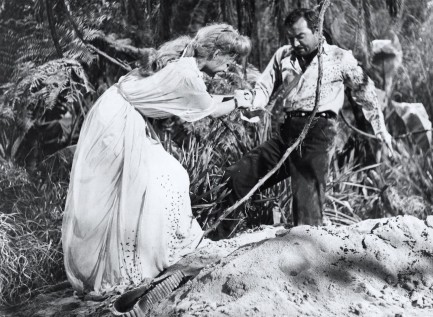
| Vintage Pulp | Aug 3 2015 |

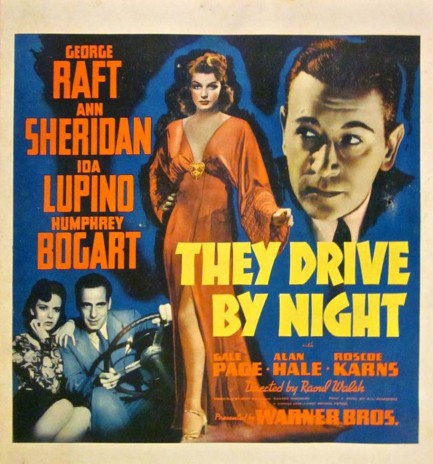
| Vintage Pulp | Jul 2 2015 |

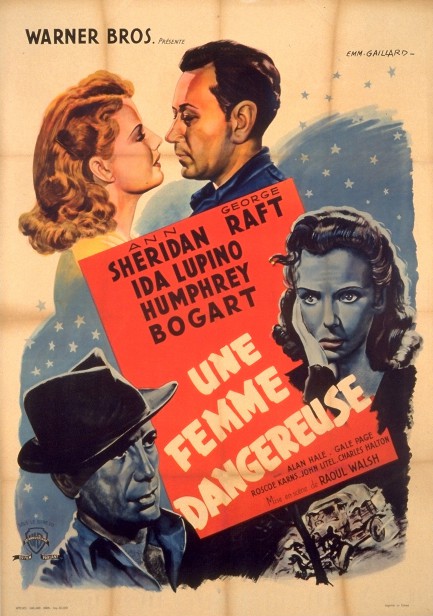
This nice piece was painted by French artist Emmanuel Gaillard for Une femme dangereuse, which was originally released in 1940 as They Drive by Night. The movie, which is adapted from A. I. Bezzerides’ 1938 novel Long Haul, deals with two wildcat truckers caught in the American class struggle—you know, that thing all the millionaire pundits on television tell you doesn’t exist? The drivers want to rise above their station, but find many obstacles in their way, including leasing companies, fruit buyers, competing truckers, road accidents, injuries, fatigue, and eventually, murder. While the world-against-the-working-man aspect is interesting, the best part is watching George Raft and Humphrey Bogart play the two hard luck drivers. The movie also boasts the excellent Ann Sheridan, as well as film noir icon Ida Lupino in full-on crazy mode. But like the several trucks onscreen that veer off the road, the movie itself lurches into melodrama at the end. Une femme dangereuse had its French premiere today in 1947.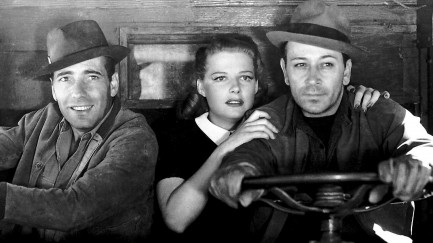
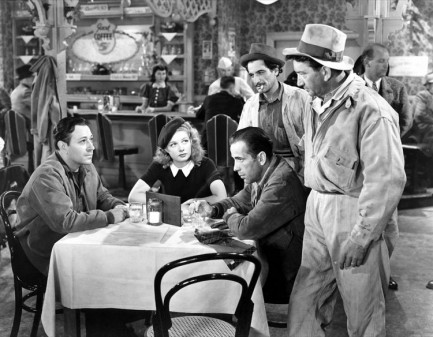
| Vintage Pulp | Nov 29 2014 |

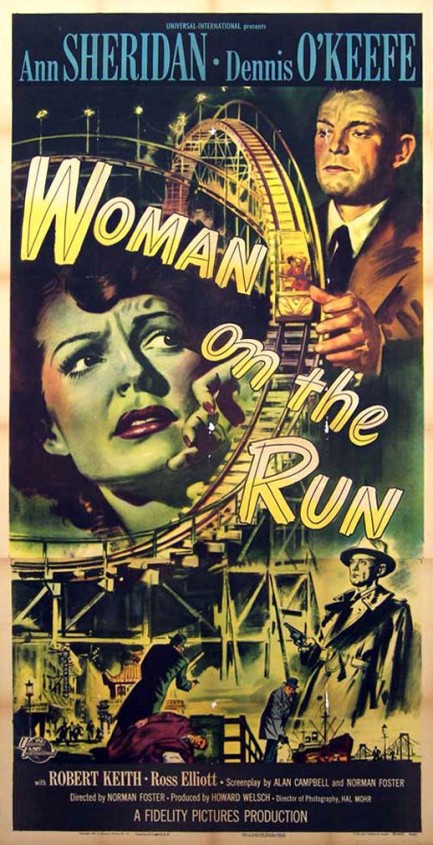
General consensus on this public domain film is that it’s better than expected and we watched it and agree. It isn’t about a woman on the run but rather the woman’s husband. She’s looking for him, though, and that’s what the movie revolves around. There’s a very effective rollercoaster sequence at the climax, but otherwise the movie has two main pleasures—Ann Sheridan’s jaded wife character that softens by the end of the film, and the extensive location shooting. In fact, there’s so much external scenery that the film doubles as a tour of mid-century San Francisco, which might be enough reason alone to watch it. It premiered in the U.S. today in 1950.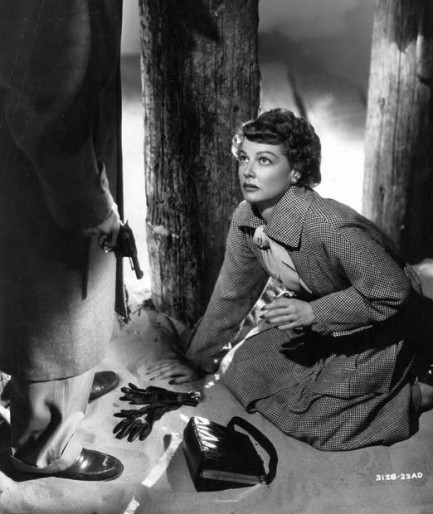
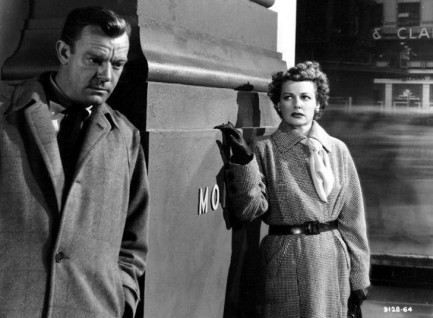
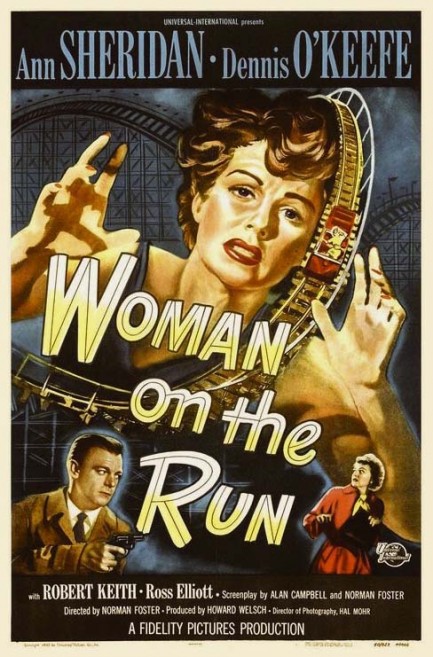
| Vintage Pulp | May 11 2012 |

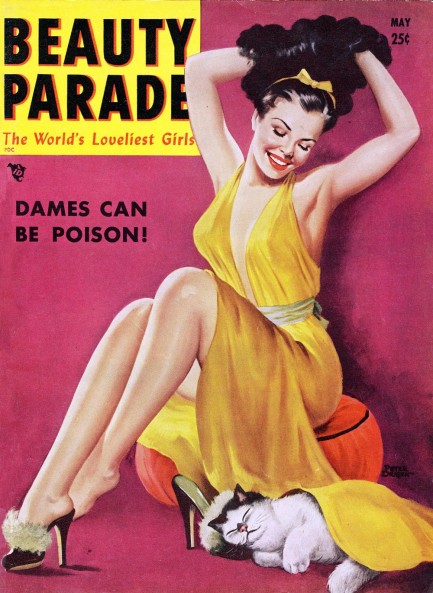
Since we were just talking a couple of days ago about websites where it’s possible to download vintage magazines, we thought we’d shine the spotlight on two more. Vintage Girlie Mags and Dad’s Stash, which are basically alter egos of each other, both have full scans. The main difference is vintagegirliemags gives away the scans for free, while dads-stash charges a minimal amount for downloads. The May 1950 issue of Beauty Parade you see above is available at the latter site, though ours didn’t come from there. The cover art on this issue is by the great Peter Driben, and inside you get Yvonne de Carlo, Denise Darcel, Ann Sheridan, Lana Turner, and page after page of other beauties. Many scans below for your Friday enjoyment.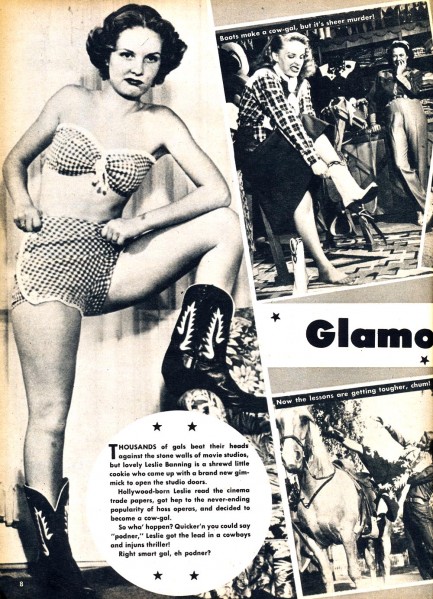
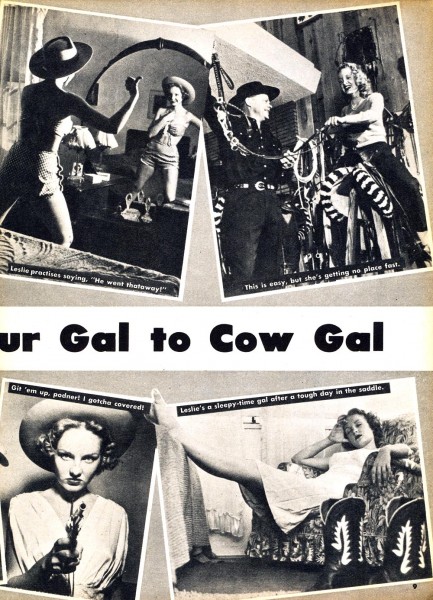
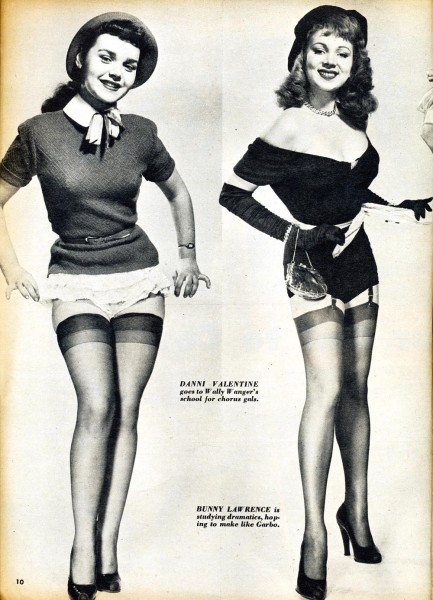
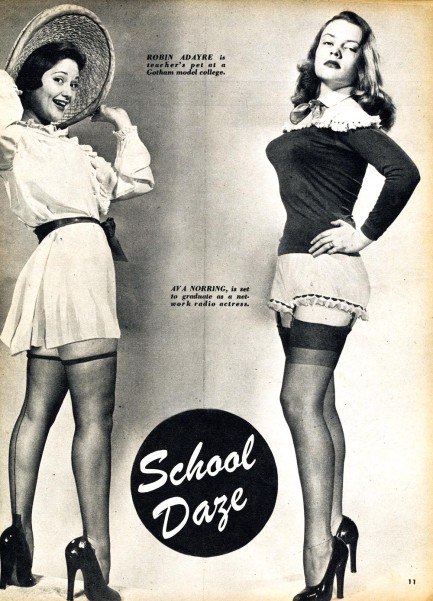
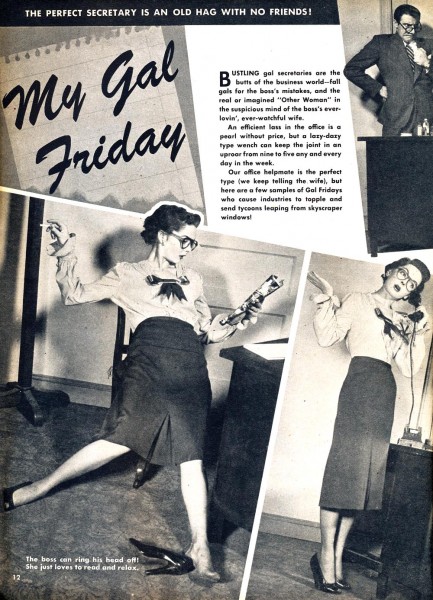
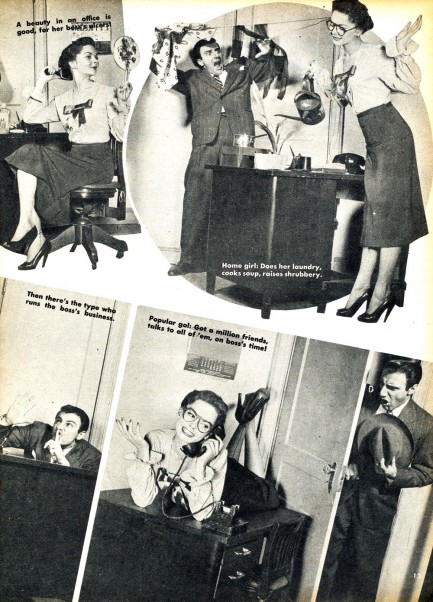
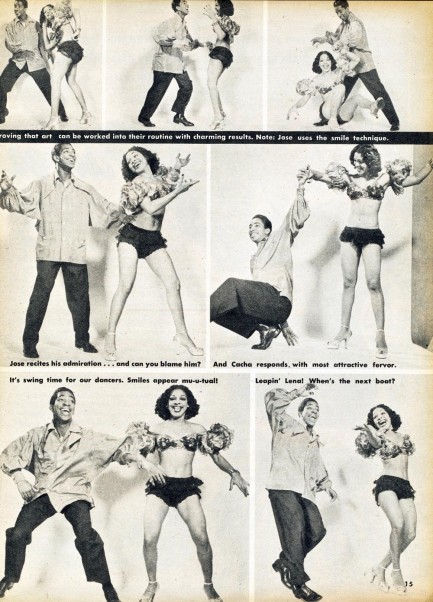
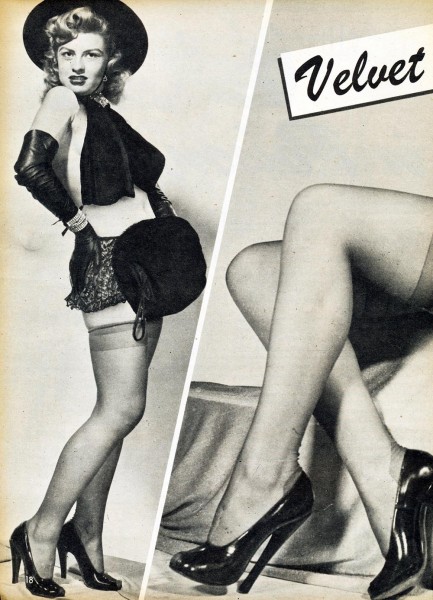
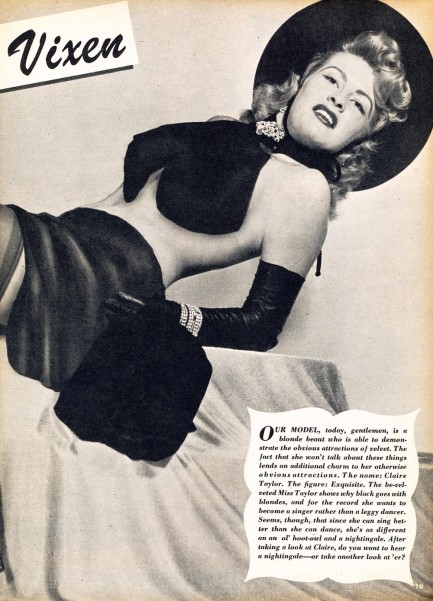
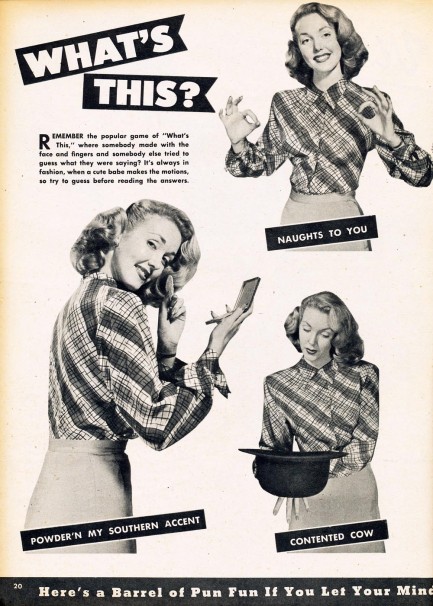
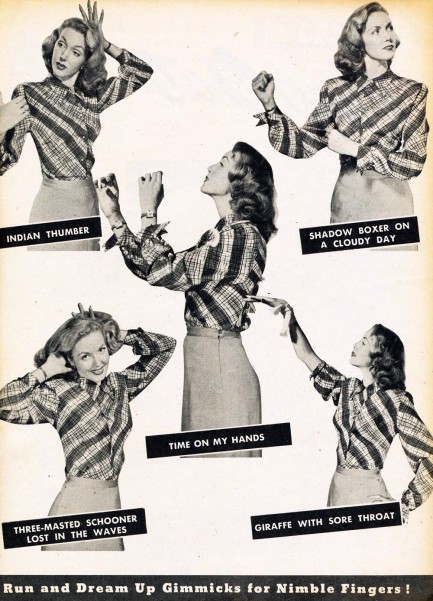
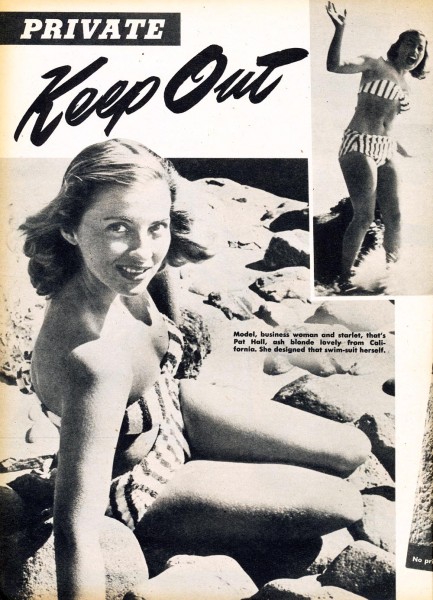
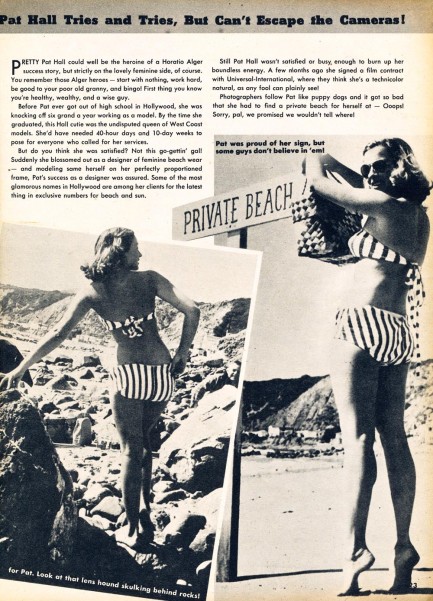
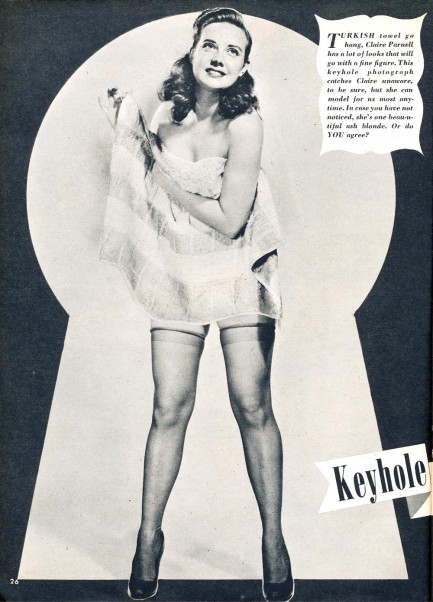
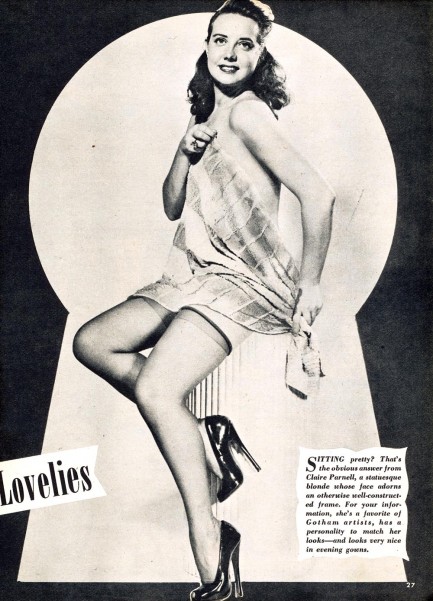
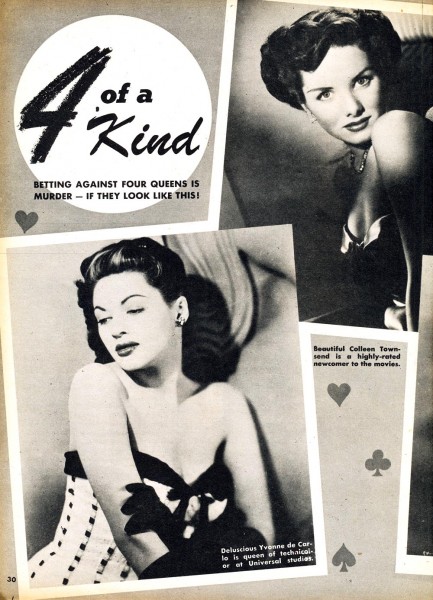
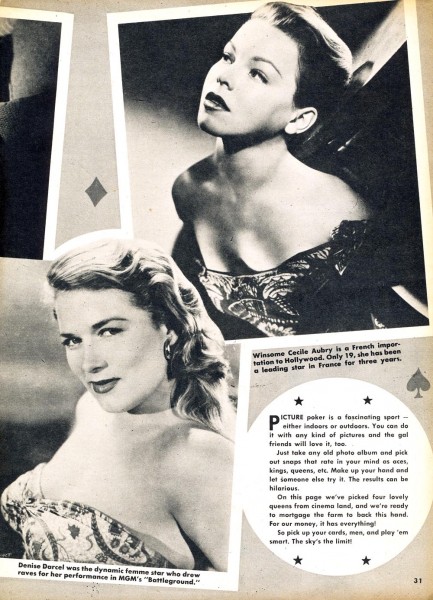
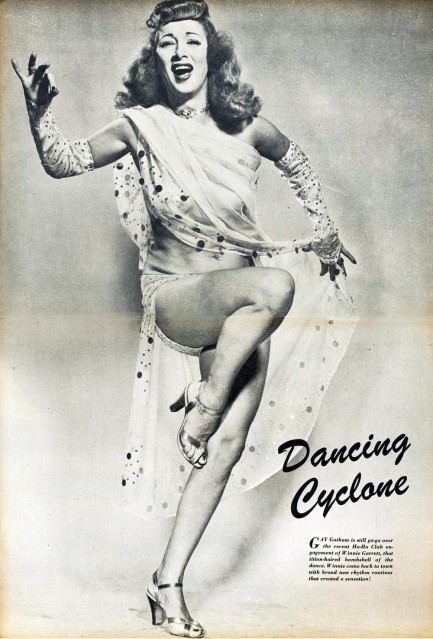
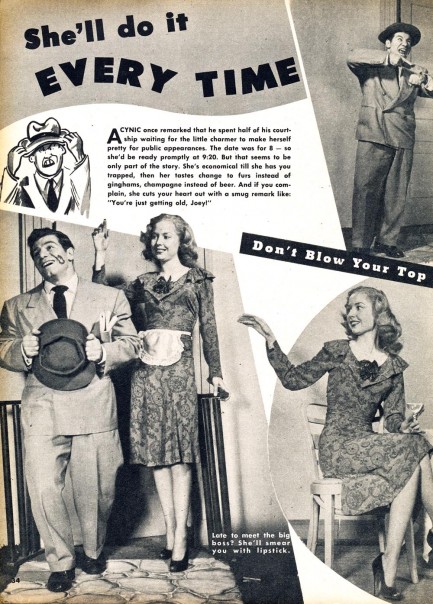
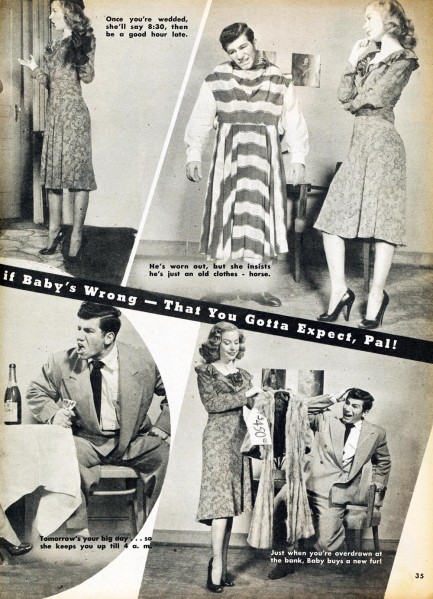
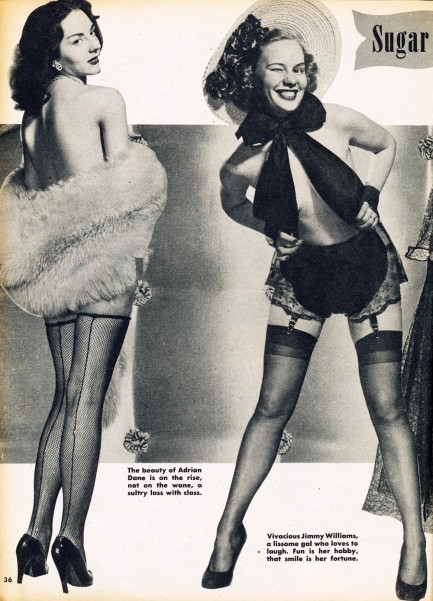
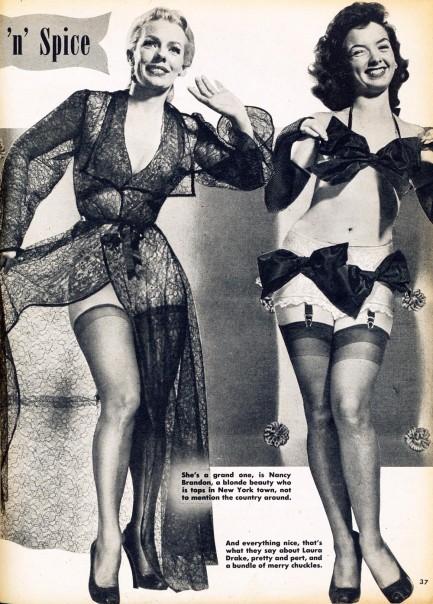

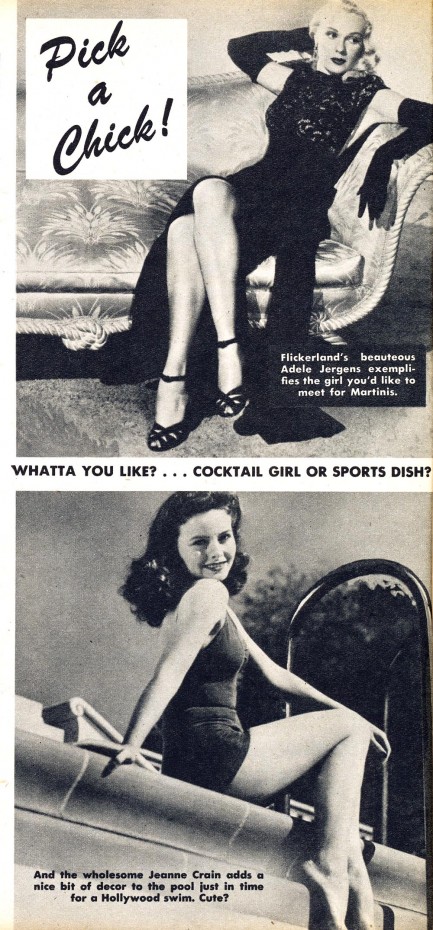
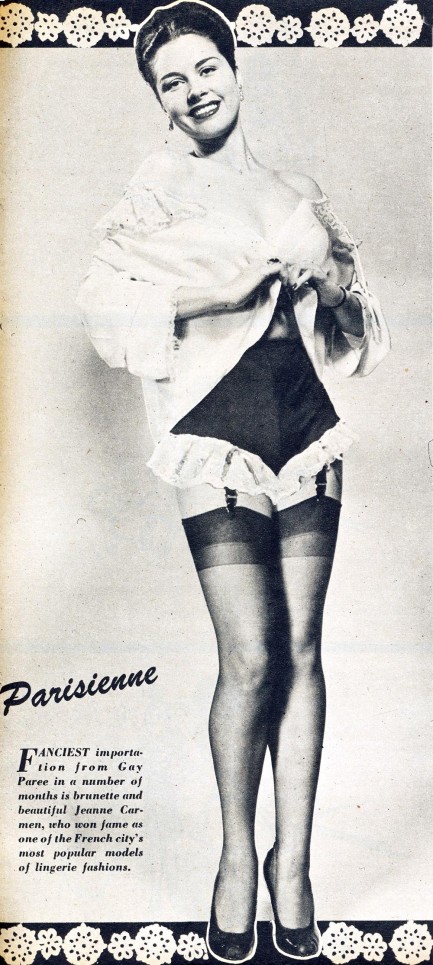
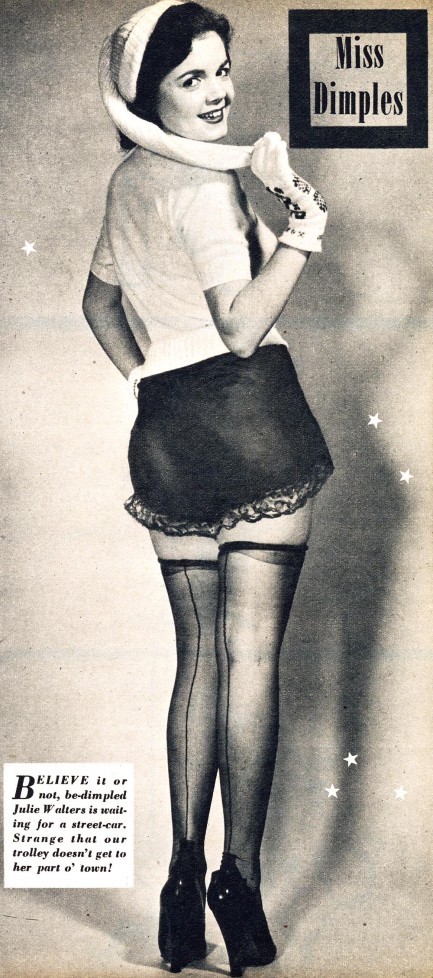
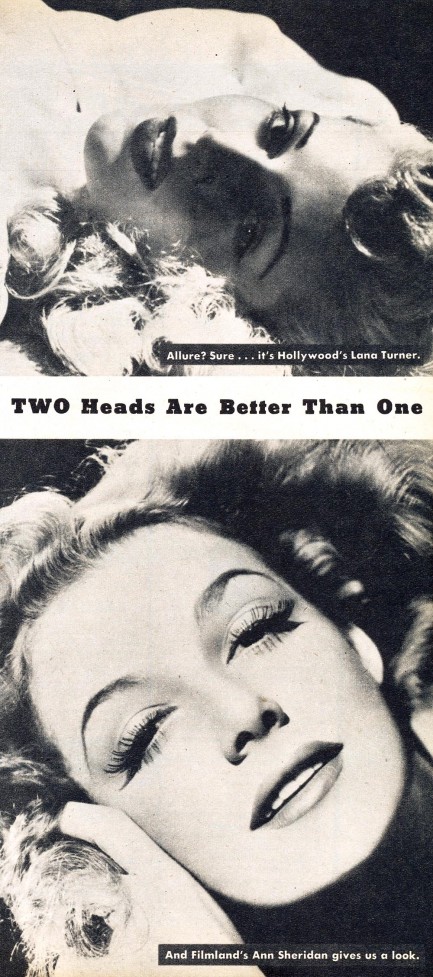
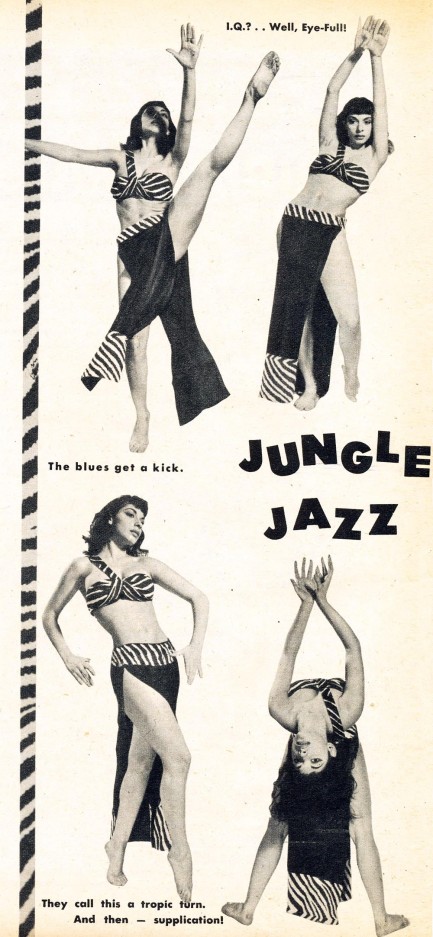
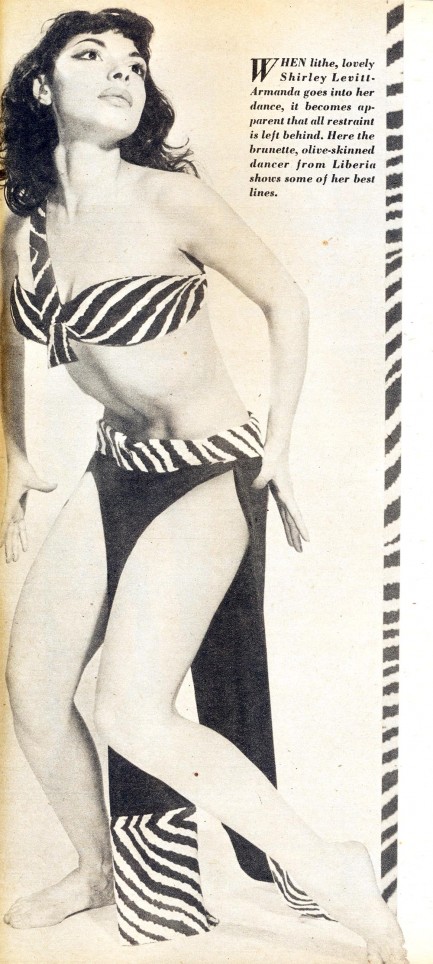

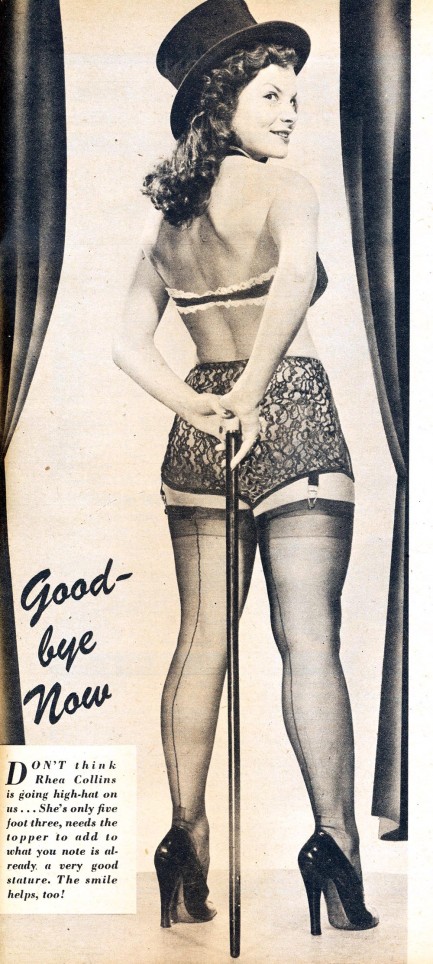
| Hollywoodland | Apr 7 2012 |

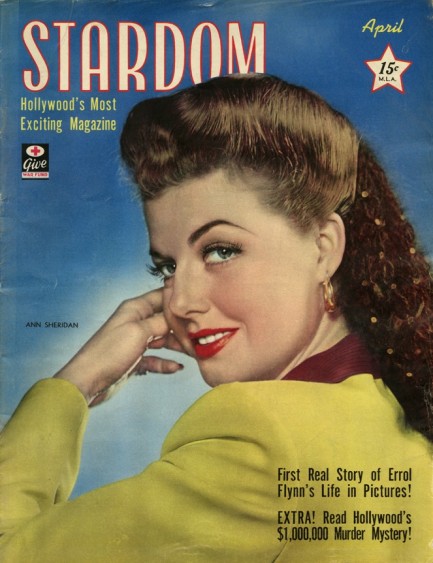
We don’t have much time today with the move happening, but we did want to share a few scans from this April 1943 issue of Stardom with Ann Sheridan and others. Stardom is from Triangle Publications, the same group that would later turn TV Guide into the magazine every home had in its living room. As far as we know, Stardom ran only from 1942 to 1944, though there was an unrelated magazine of the same name during the 1960s. We have scans of another issue upcoming.